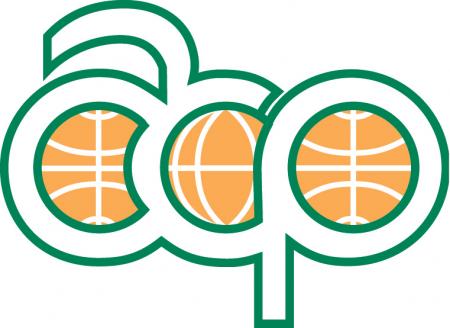O Le Pupu-Pu'e National Park: Management Plan 2010-2014
A Management Plan for the O Le Pupu-Pu'e National park was first formulated in 1981 and has not been revised since then. Circumstances for park management have changed significantly and some sections of the Management plan are now out of date.






